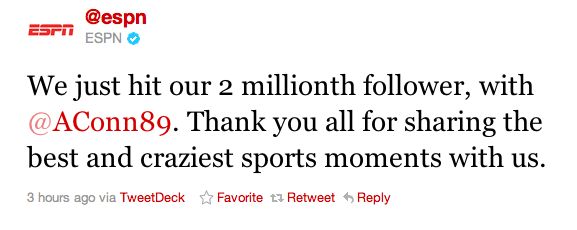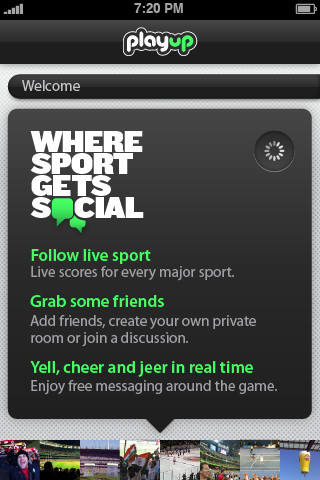Cantor Gaming, which operates the race and sports books of such Las Vegas casino powerhouses as the Hard Rock Hotel & Casino, the Tropicana Las Vegas, the Cosmopolitan of Las Vegas and The Palazzo, said Wednesday that it has released an Android sports wagering application.
Approved by the Nevada Gaming Control Board, Cantor’s Android application works in the state of Nevada. GPS in mobile devices will prevent consumers from placing action in other states. Cantor is a leader in “in-running,” which is the ability to place proposition bets on sporting events on an on-going basis. In-running means that you can bet not only on the outcome of a game, but on individual plays. In-running is the fastest growing segment of the $2.76 billion legal sports betting industry in the United States. According to the American Gaming Association, legal sports wagering represents less than 1 percent of all sports betting in the United States.

Cantor Gaming customers currently use this device to place in-running bets at casinos. A new Android smartphone application enables them to place similar bets anywhere in the state of Nevada.
Advocates have called for reform of U.S. laws, which they say unfairly prohibit U.S.-based companies from providing sports betting services to mobile devices. Billions of dollars in illegal betting activity flows through offshore casinos, they say. If U.S. gaming laws are reformed, Cantor Gaming and other innovators will be positioned to capitalize on legalized gaming at NFL, NBA, MLB, NHL and college sports events in the United States. Research firm Gartner Group estimated that global mobile gaming revenues reached $5.6 billion in 2010, and predicted the market would grow to $11.4 billion dollars by 2014.
An In-running Super Bowl Scenario
What does in-running on smartphones mean for the average sports fan?
Imagine it is Super Bowl Sunday. Your favorite team is the New York Jets, and Rex Ryan finally made good on his promise to LaDainian Tomlinson to get the Jets to the big game. They are playing the Green Bay Packers. It is third and seven yards to go, and Aaron Rodgers has his team in the huddle. The Jets are on defense, and Darrelle Revis looks confident out on the island.
In-running means you might get an offer of seven-to-one that Rodgers will make a completion of Greg Jennings, and an offer of 157-to-one that Revis will make a pick six.
You place the longshot $5 wager on your man, Revis.
After Rodgers gets pressured from the Jets’ Aaron Maybin, he gets too much air under his pass. Revis reacts, taking the ball back seventy-four yards for a score.
There’s a flag, and you sweat.
Holding…Green Bay.
Moments later, $785 appears in your Cantor betting account.
Cantor promotion, CEO quote
To promote its application, Cantor is giving away Android devices to its highest-rolling customers, and offering discounts on smartphones to others.
“Cantor Gaming’s primary goal and focus is to constantly enhance our customers’ experience through innovative, superior technology,” said Cantor Gaming president and CEO Lee Amaitis. “Our team has developed an application that is real-time, convenient and enjoyable, while incorporating the most advanced and reliable security.”
Cantor is the second Nevada-based gaming company to offer a mobile wagering application, according to a Las Vegas Review-Journal report. American Wagering, which operates a chain of race and sports books called Leroy’s, released Blackberry- and Android-compatible apps earlier this year.
Cantor Gaming is a unit of Cantor Fitzgerald, a Wall Street investment firm that was devastated by the 9-11 attacks. It uses the same technology used to manage Wall Street hedge funds to set fair odds for in-running propositions.
Big dollars flow offshore
An estimated $380 billion annually in illegal sports betting is conducted in the United States annually, according to National Gambling Impact Study Commission. Much of that is conducted through the online portals of offshore casinos, which are widely known to provide poor customer service and slow payouts. Illegal sports transactions conducted through offshore casinos generate no tax revenue for the federal government or U.S. States.
As the Nevada economy and the United States economy have floundered, proponents of legal sports betting using mobile devices have argued that federal law hamstrings domestic competition and channels gambler dollars’ offshore.
The Professional and Amateur Sports Protection Act, passed by Congress in 1992, and the Unlawful Gambling Enforcement Act, passed by Congress in 2006, are currently among the impediments to legal sports gaming on mobile devices and iPads throughout the United States.










